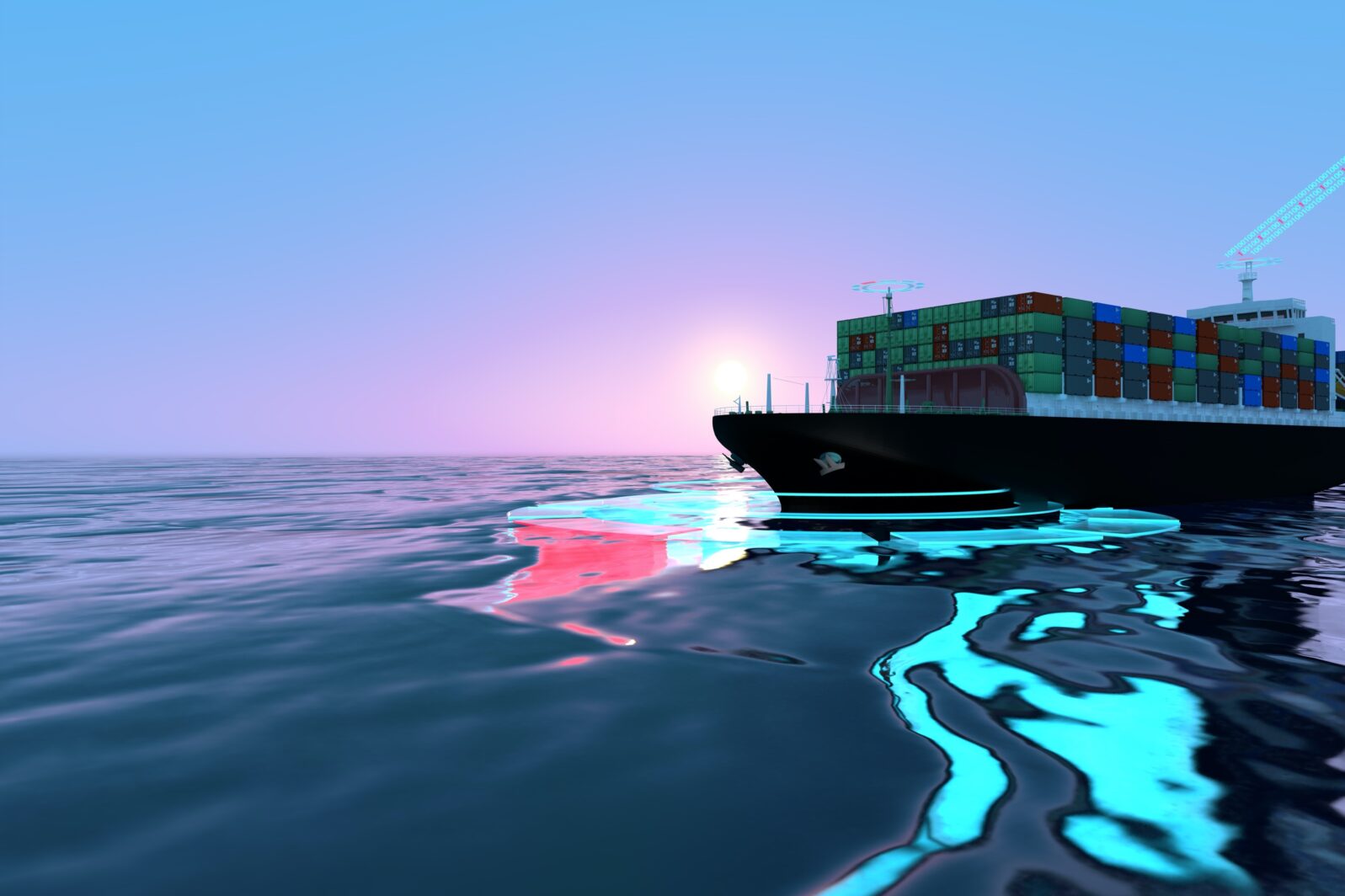Will Your Next Water Outing Be on a Crewless Watercraft?
Crewless ships get much less attention than driverless cars but they are much more obviously practicalThe new robot Mayflower, scheduled to set out across the Atlantic from Portsmouth next spring (tracing the voyage of the historic Mayflower in 1620), is one of a growing number of autonomous vessels. It must make many decisions based on its programming.
Like most crewless ships at present, the Mayflower Autonomous Ship (MAS)’s mission is information, not transportation. That mission includes gathering data on plastic pollution and marine mammals, according to IBM, the technology partner of U.K.-based marine research organization, Promare.
Here are some reasons autonomous (crewless) vessels offer advantages:
➤ With 70% of Earth’s surface covered by water, only 20% of which is mapped, there are too few humans trained to do the scientific, commercial, and patrol jobs. Much primary data-gathering would be boring anyway, best suited to AI. Humans can sort the interesting feedback culled from the sea of monotony more safely and cheaply at home.
➤ Whether a ship is fully autonomous or largely controlled by crew on land, it makes much better ecological sense. Issues around living space, sewage disposal, and isolation are obviated. For example, humans need lots of fresh water to live but machines don’t. A robotic ship needs no toilets. As a shipping executive explained to the Wall Street Journal.
“If you have a toilet on a ship, you need water on the ship. You can’t put your s— into New York Harbor, and you have to take it into some sort of container and then, in port, suck it out,” says Antoon Van Coillie, CEO of Belgian barge transportation company Zulu Associates. “So a toilet on a ship is a very expensive piece of equipment.”
Christopher Mims, “Robot Boats Leave Autonomous Cars in Their Wake” at [publication] (August 29, 2020)
Already, container ships and tankers now operate with much smaller crews than in the past. By 2015, numbers were down from an average of 50 to 100 to only 20 to 30, and sometimes as few as 8. Advanced AI didn’t suddenly create that trend; it’s simply speeding it up.
➤ Autonomous ships are more energy efficient because they can eliminate “energy expensive functions like heating and cooking facilities” (Digital Trends, 2019) and can aim at zero emissions (Hemisphere, 2017).
➤ Many safety issues that rattle the self-driving car industry don’t really affect ocean traffic, regulated by the International Maritime Organization. However, autonomous ships are not yet considered safe in congested port areas:
When compared with autonomous cars, ships have the advantage of not having to make split-second decisions in order to avoid catastrophe. The open ocean is also free of jaywalking pedestrians, stoplights and lane boundaries. That said, robot ships share some of the problems that have bedeviled autonomous vehicles on land, namely, that they’re bad at anticipating what humans will do, and have limited ability to communicate with them.
Christopher Mims, “Robot Boats Leave Autonomous Cars in Their Wake” at [publication] (August 29, 2020)
Navies have been using autonomous vessels for over a decade in mine detection. DARPA’s Sea Hunter II, to name one, is to launch later this year. Here’s Sea Hunter I:
Will people eventually want to book holiday cruises on ships with no crew? Probably not, for the same reasons as most of us would prefer waiters and chefs to dispensing machines and robots at a fine Italian restaurant. We go for the experience and relaxed social interaction is part of it. But if autonomous ships begin to dominate research, commercial and naval operations, the ecological footprint of cruise ships in the ocean (“floating cities”) will be a comparatively small problem.
You may also find of interest:
After Thursday’s dogfight, it’s clear: DARPA gets AI right Robert J. Marks: In the dogfight Thursday between AI and a pilot, AI won. But what does that mean? By posing relevant questions, DARPA’s overall AI strategy accurately embraces both the capabilities and limitations of AI.
and
Autonomous vehicles are not a “rich person’s” technology. A transportation expert tells Jay Richards, alternative transport may disrupt the transportation industry but only in the short term
